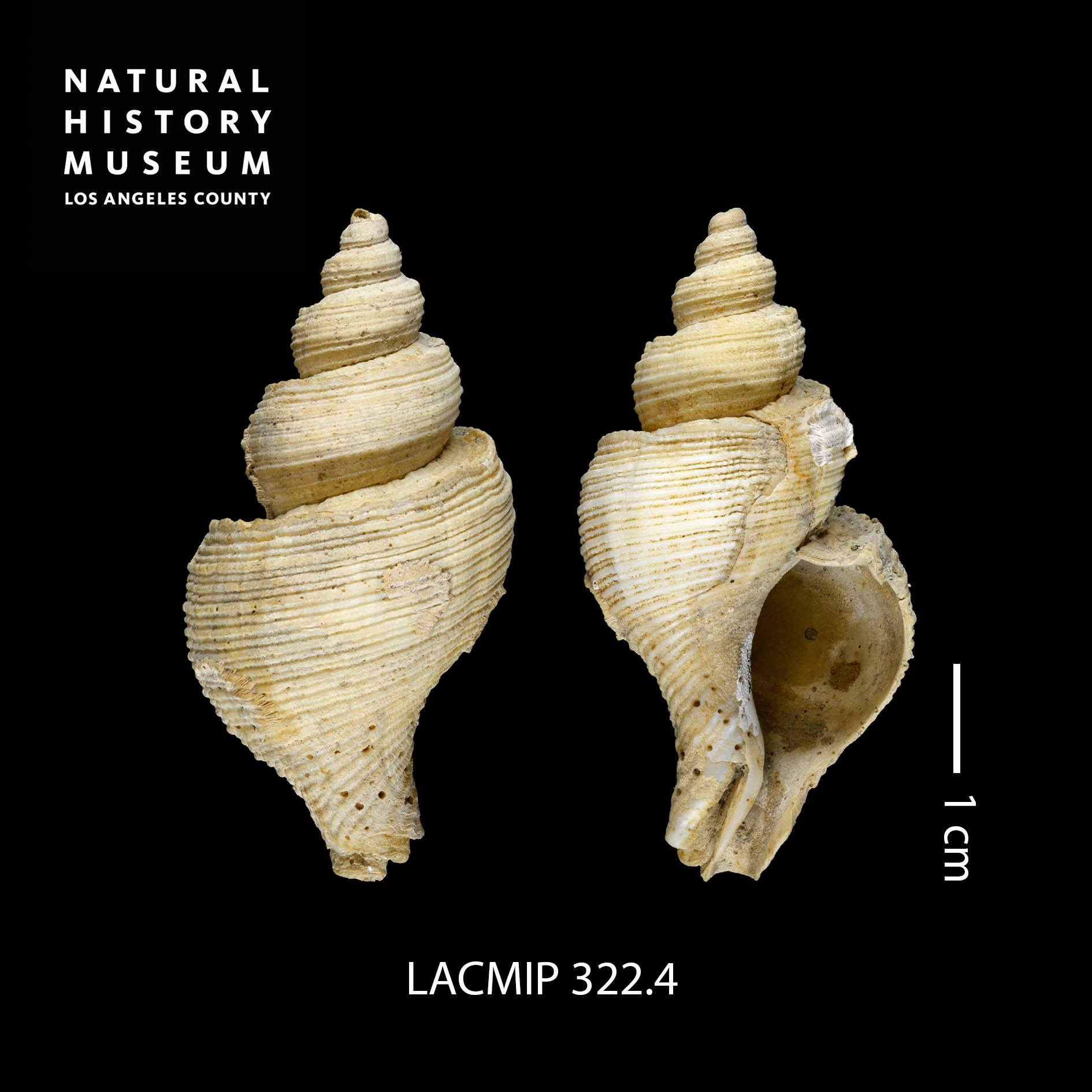Quick Links
Our Collections
The Collections of the Natural History Museum
This search represents only part of the Anthropology Department's collections. The Anthropology Department curates archaeological and ethnographic collections. The scope of the collections is focused on the Americas, with an emphasis on the western United States and Latin America. The Archaeology Collection includes approximately 100,000 ancient artifacts and the Ethnology Collection is comprised of about 33,000 cultural objects from North, Middle, and South America, Pacific, Australia, Asia, and Africa. These collections are available for scholarly research.
ANTHROPOLOGY DATABASE
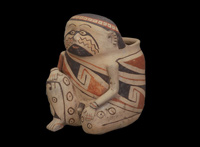
The Dinosaur Institute houses a world-class collection of tetrapods (vertebrate animals with four limbs) from the Mesozoic Era. This collection includes fine fossil specimens of dinosaurs (including birds), pterosaurs, crocodiles, turtles, mammals, and extinct marine reptiles. In addition to skeletal specimens, the Institute also houses such rare fossil material as skin impressions and eggs. Among the Institute's unique treasures are a number of holotypes-specimens upon which a new species has been founded-as well as one of the few growth series of Tyrannosaurus rex, a series of fossils ranging from young juveniles through adults.
DINOSAUR INSTITUTE DATABASE

With over 800,000 described species – more than half of all known living organisms – insects are the most diverse group of animals on Earth. The Natural History Museum’s entomology collection has more than 5.8 million specimens of insects and spiders. It is the largest in Southern California and has specimens from all over the world. The collection’s strength lies in its holdings of specimens of ants, phorid flies, scarab beetles, and moths from North and Central America. Museum scientists conduct world-class research on systematics, studying species and their relationships, the evolution of major groups, and fossil insects in amber. They conduct field work on insect biodiversity at home and in tropical countries. Entomology at the Natural History Museum of Los Angeles County goes back as far as 1913, when the Museum first opened.
TAXONOMY DATABASE The Entomology taxonomy database is a list of the taxa in the collection. This list is constantly being added to and updated. It is not a database of our catalog of individual specimens.
CATALOG DATABASE Only a small fraction of the specimens in the LACM Entomology collection are databased with individual specimen numbers. However all types are in the database, and can be searched by selecting holotype in the Type column.

The Mineral Sciences Department curates a world-class collection of approximately 150,000 specimens that includes minerals, rocks, gems, ores, and meteorites. Specimens are available for use in research focusing on furthering scientific understanding of these materials. The department actively maintains the Museum's world renowned Hall of Gems and Minerals.
MINERAL SCIENCES DATABASE
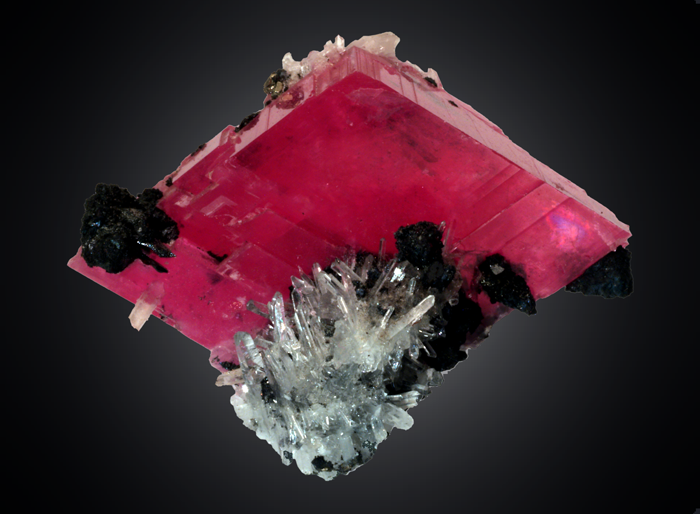
The Rancho La Brea biota is one of the world's richest and most diverse late Pleistocene terrestrial assemblages. We estimate that the collection exceeds 3.5 million specimens collected from the 23 acres of Hancock Park in Los Angeles. The diversity of species, the quality of preservation, and the large numbers of specimens make this collection invaluable for the study and understanding of the end of the last Ice Age in North America. Early collectors from 1913-1915 focused on larger specimens, the ongoing Pit 91 excavation was started in 1969 with the specific goal of collecting the microfossils and Project 23 is the Page Museum's largest ongoing salvage project ever. The current online catalog only represents a tiny fraction of the Rancho La Brea collection.
RANCHO LA BREA DATABASE

This search represents only part of the Seaver Center's collections. The photographic collection consists of over 300,000 images, including those by Al Greene (1906-1980) and Frederic Maude (1858-1959), who specialized in Southern California scenes. The Center also holds rich collections of Native American images, including the Will Soule photographs of Plains Indians and the work of A.C. Vroman (1856-1916), who photographed peoples, architecture and landscapes of the Southwest. Other photographic images range from prints of early aviators to studio portraits of early twentieth century society in Los Angeles, to images of the fledgling motion picture industry. Historic records in the Center include manuscripts (business, legal, governmental and personal); books; serials; trade catalogs; pamphlets; broadsides; maps; posters and prints. The digital images are for research use only. Use of the images for commercial or educational publications can be obtained by contacting the Seaver Center for permissions and fees.
SEAVER CENTER DATABASE
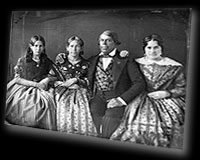
We have over 150,000 catalogued specimens of fossil vertebrates, ranging in size from the tiny teeth of fish, bats, shrews, and rodents, to large whales. Our collections are primarily from California, the southwestern portion of the United States, and the northwestern portion of Mexico. They include representatives of every class of fossil vertebrates, but fossil mammals from the Cenozoic (the last 65 million years) form the bulk of the collections. Because of the extensive exposures of marine rocks in Southern California, our collections also include large and diverse holdings of fishes, sharks, whales, pinnipeds, and other marine vertebrates. Opened in 2010, our new Age of Mammals hall exhibits many of our most complete fossil mammal skeletons.
VERTEBRATE PALEONTOLOGY DATABASE
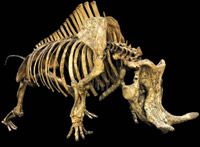
The Invertebrate Paleontology Department of the Natural History Museum of Los Angeles is one of the largest collections in the Museum and one of the largest of its kind in North America, with an estimated 6-7 million specimens. We are responsible for curating fossils that record much of the history of life on Earth, and in particular the origins and development of Southern California. These include fossils of mollusks (snails, clams), arthropods (trilobites, crabs, insects), brachiopods, echinoderms, corals, and trace fossils (trackways). The collection has grown through a century of research by NHM staff, but has also brought together important former collections from the California Institute of Technology, California State University Northridge, University of California Los Angeles, and University of Southern California. Strengths of the collection include fossils from Cambrian, Cretaceous, and Quaternary periods in California.
INVENTORY DATABASE
